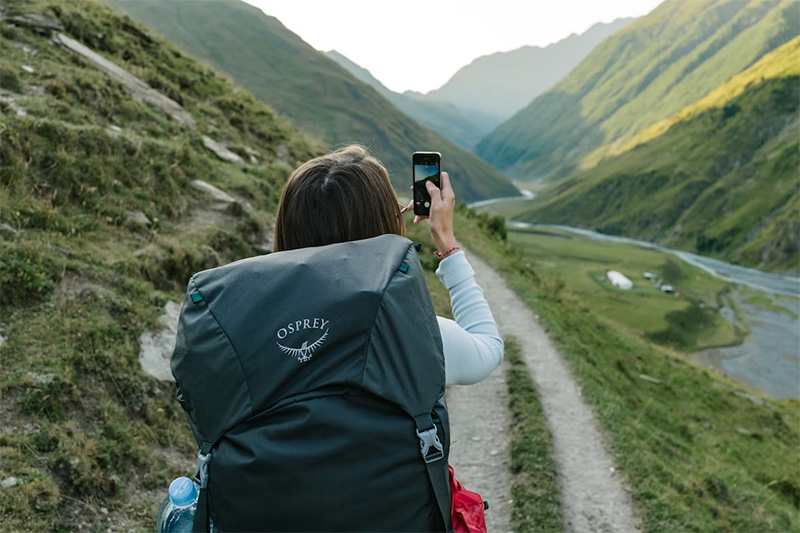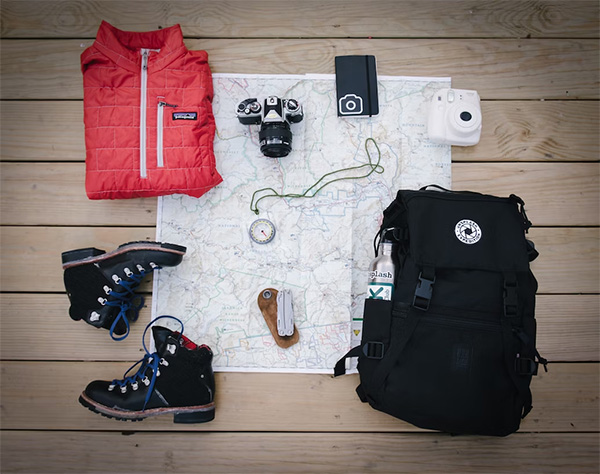Backpacking for Beginners: The Comprehensive Roadmap
An exciting and life-changing way to travel is through backpacking. It enables you to push your boundaries, experience stunning landscapes, and immerse yourself in other cultures. This detailed road map will walk you through the necessities if you’re new to backpacking and give you the confidence to start your trip.
Choosing the Right Gear
Choosing the appropriate equipment is essential for a successful hiking trip. Invest in a good backpack with enough storage that fits comfortably. Select clothing that is lightweight, breathable, and flexible to the activities and climate of your destination. A robust water filtration system, a sturdy tent, a sleeping bag, and cooking equipment are essentials. Remember to pack lightly, concentrating on the necessities while allowing space for a few personal things.
Planning Your Route and Itinerary
Plan your route and schedule before you start hiking. Do some research on the finest hiking routes, campgrounds, and attractions where you want to go. Consider each hike’s length, degree of difficulty, and any applicable permits or limitations. Make a detailed schedule including daily miles, camping locations, and projected travel times. However, include room in your itinerary for flexibility to accommodate unanticipated events or chance encounters along the road.
Navigating and Wilderness Skills
Backpacking requires learning the fundamentals of outdoor survival and navigation. Use a compass and be able to read a map to navigate across a new area. Learn how to utilize topographic maps, GPS gadgets, and trail markers. Additionally, learn fundamental outdoor skills, including tent assembly, safe campfire lighting, and first aid knowledge. These abilities will increase your backcountry safety and confidence, resulting in a more pleasurable and gratifying trip.
Leave No Trace Principles
The natural beauty of the wilderness must be preserved using the Leave No Trace principle. You may lessen your influence on the environment by packing out all of your rubbish, properly disposing of waste, and avoiding needless disturbance of flora and animals. To reduce soil erosion and ecological degradation, stick to established pathways. Respect animals by keeping a safe distance away, refraining from feeding them and never getting too close. By following these guidelines, you can guarantee that natural areas are conserved for future generations to enjoy.
Safety and Preparedness
When hiking, safety and preparation must come first. Tell someone you can trust about the specifics of your trip, such as your itinerary and anticipated return date. Put together a first aid pack, a place to stay in an emergency, water purification pills, and a phone or other communication device. Keep abreast of weather developments and be ready for unforeseen shifts. Discover how to spot and reduce possible dangers, including animal interactions, severe weather, and navigational difficulties. You may enjoy a stress-free backpacking journey if you are well-prepared and put safety first.
A backpacking trip is a fantastic opportunity to connect with nature, push yourself, and make lifelong memories. You’ll position yourself for a fruitful and satisfying backpacking journey by selecting the appropriate gear, planning your route and schedule, learning navigational and wilderness skills, putting Leave No Trace ethics into practice, and prioritizing safety and readiness. So prepare for the trip of a lifetime by packing your luggage, tying your boots, and embracing the beauty of the wilderness.
Photo Attribution:
1st and featured image by https://unsplash.com/photos/pyM7TYWutJM
2nd image by https://unsplash.com/photos/z9F_yK4Nmf8






